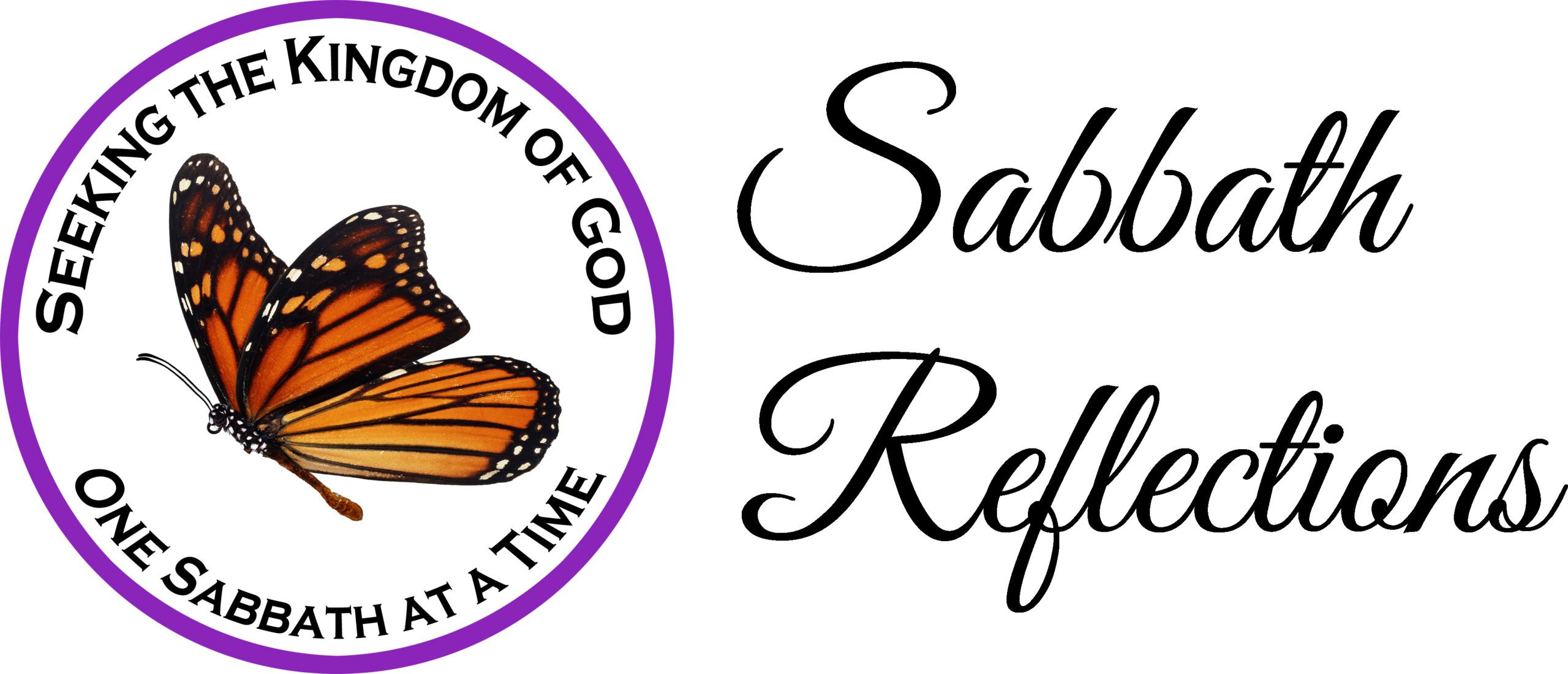BIBLE STUDY—CALCULATED HEBREW Calendar Fundamentals
1) Basics
a) The Calculated Hebrew Calendar (CHC) is a lunisolar calendar meaning it accounts for both the orbit of the moon around the earth (as well as the phases) and the orbit of the earth around the sun.
b) The names of the months are Babylonian, the result of the time Judah was held captive in Babylon. Not all names are recorded in the Bible:
|
NAME |
SCRIPTURE REFERENCE |
|
Nisan |
Esth. 3:7; Lev. 23:5; Exod. 13:4; 23:15; 34:18; Deut. 16:1. |
|
Iyar |
1 Kings 6:1 |
|
Sivan |
Esth 8:9 |
|
Tammuz |
Not mentioned. |
|
Av |
Not mentioned. |
|
Elul |
Neh. 6:15 |
|
Tishri |
1 Kings 8:2 |
|
Cheshvan |
1 Kings 6:38 |
|
Kislev |
Neh. 1:1 |
|
Tevet |
Esth. 2:16 |
|
Shevat |
Zech. 1:7 |
|
Adar |
Zech. 1:7 |
|
Adar II |
Not mentioned. |
c) There are 12 months in a common year and 13 months in a leap (intercalary) year:
|
MONTH |
NAME |
COMMON |
LEAP |
||||
|
353 |
354 |
355 |
383 |
384 |
385 |
||
|
1 |
Nisan |
30 |
30 |
30 |
30 |
30 |
30 |
|
2 |
Iyar |
29 |
29 |
29 |
29 |
29 |
29 |
|
3 |
Sivan |
30 |
30 |
30 |
30 |
30 |
30 |
|
4 |
Tammuz |
29 |
29 |
29 |
29 |
29 |
29 |
|
5 |
Av |
30 |
30 |
30 |
30 |
30 |
30 |
|
6 |
Elul |
29 |
29 |
29 |
29 |
29 |
29 |
|
7 |
Tishri |
30 |
30 |
30 |
30 |
30 |
30 |
|
8 |
Cheshvan |
29 |
29 |
30 |
29 |
29 |
30 |
|
9 |
Kislev |
29 |
30 |
30 |
29 |
30 |
30 |
|
10 |
Tevet |
29 |
29 |
29 |
29 |
29 |
29 |
|
11 |
Shevat |
30 |
30 |
30 |
30 |
30 |
30 |
|
12 |
Adar |
29 |
29 |
29 |
30 |
30 |
30 |
|
13 |
Adar II |
|
|
|
29 |
29 |
29 |
d) The length of a common year is 353, 354, or 355 days.
i) A year with 353 days is called a deficient common year.
ii) A year with 355 days is called an abundant common year.
e) The length of a leap year is 383, 384, or 385 days.
i) A year with 383 days is called a deficient leap year.
ii) A year with 385 days is called an abundant leap year.
f) The calendar is organized into 19-year cycles called a Metonic cycle.
g) Each 19-year Metonic cycle has the same pattern even though the length of each year can vary (common = 353, 354, 355 and leap = 383, 384, 385):
|
YEAR |
TYPE |
|
1 |
Common |
|
2 |
Common |
|
3 |
Leap |
|
4 |
Common |
|
5 |
Common |
|
6 |
Leap |
|
7 |
Common |
|
8 |
Leap |
|
9 |
Common |
|
10 |
Common |
|
11 |
Leap |
|
12 |
Common |
|
13 |
Common |
|
14 |
Leap |
|
15 |
Common |
|
16 |
Common |
|
17 |
Leap |
|
18 |
Common |
|
19 |
Leap |
h) Adjustments to the 8th, 9th, and 12th months:
i) The 8th month Cheshvan is increased 1 day for abundant years (common and leap).
ii) The 9th month Kislev is reduced 1 day for deficient years (common and leap).
iii) The 12th month Adar is increased 1 day for leap years.
i) Each 19-year Metonic cycle can have a total of 6939, 6940, 6941, or 6942 days.
i) NOTE: There have only been two Metonic cycles with 6942 days: -854 to -836 and -607 to -589 (negative years are B.C.).
j) There are 14 unique patterns of Metonic cycles due to the variations in the number of days per year (deficient, normal, abundant).
2) Holydays
a) TRUMPETS DECLARATION:
i) The primary purpose of the CHC is to determine when the new moon (called a molad) of the seventh month occurs. This is called the Molad of Tishri and it determines Tishri 1. It is the only molad of concern because the only holyday that is established on a new moon is Trumpets and the holyday established on the subsequent full moon is first day of the Feast of Tabernacles. No other holydays are specified by a new moon so the Molad of Tishri determines all the holydays because they are a fixed number of days before or after this date.
ii) Calculating the Molad of Tishir sometimes requires postponements or adjustments for practical reasons:
1) If the Molad of Tishri or a postponement would result in Trumpets occurring on a Sunday, Wednesday, or Friday, the Tishri 1 declaration is advanced one day to Monday, Thursday, or Saturday respectively. This prevents Atonement from falling on a Friday or Sunday so that there are not two consecutive days when all work is prohibited.
a) NOTE: The weekly Sabbath and Atonement forbid all work (Heb. mla’kah) whereas all other holydays forbid servile work (Heb. `abodah mla’kah).
2) When the Molad of Tishri occurs at noon or later, the Tishri 1 (Trumpets) declaration is advanced to the next day; otherwise, the day would be too far gone.
3) When the Molad of Tishri of a common year falls on Tuesday at or after 9 hours, 204 parts (there are 1080 parts/hour) the Tishri 1 (Trumpets) declaration is advanced to Wednesday. This also triggers the application of postponement Rule #1 to advance the declaration one more day to Thursday. This prevents a common year from having 356 days (making the year one day too long) by ensuring the year is 354 days.
4) When the Molad of Tishri of a common year immediately following a leap year occurs on a Monday at or after 15 hours, 589 parts the Tishri 1 (Trumpets) declaration advanced to Tuesday. This prevents the previous leap year from having 382 days (making the year one day too short) by ensuring the year is 383 days.
b) DAYS OF THE WEEK:
i) The following chart shows what days of the week are allowable for the holydays:
|
HOLYDAY |
SUN |
MON |
TUE |
WED |
THU |
FRI |
SAT |
|
Passover |
Never |
|
Never |
|
Never |
|
|
|
DUB Day #1 |
|
Never |
|
Never |
|
Never |
|
|
Wavesheaf Offering |
Always |
|
|
|
|
|
|
|
DUB Day #7 |
Never |
|
Never |
|
Never |
|
|
|
Pentecost |
Always |
|
|
|
|
|
|
|
Trumpets |
Never |
|
|
Never |
|
Never |
|
|
Atonement |
Never |
|
Never |
|
|
Never |
|
|
FOT Day #1 |
Never |
|
|
Never |
|
Never |
|
|
FOT Day #8 |
Never |
|
|
Never |
|
Never |
|
ii) The limitations of the days of the week means the holydays can only have one of four patterns in a particular year:
|
HOLYDAY |
#1 |
#2 |
#3 |
#4 |
|
Passover |
Wed |
Fri |
Sat |
Mon |
|
DUB Day #1 |
Thu |
Sat |
Sun |
Tue |
|
Wavesheaf Offering |
Sun |
Sun |
Sun |
Sun |
|
DUB Day #7 |
Wed |
Fri |
Sat |
Mon |
|
Pentecost |
Sun |
Sun |
Sun |
Sun |
|
Trumpets |
Sat |
Mon |
Tue |
Thu |
|
Atonement |
Mon |
Wed |
Thu |
Sat |
|
FOT Day #1 |
Sat |
Mon |
Tue |
Thu |
|
FOT Day #8 |
Sat |
Mon |
Tue |
Thu |
c) HOLYDAY DATES:
i) The first seven months always have a fixed number of days regardless of the number of days in the year. Starting with the first month and continuing through the seventh month, the months alternate 30 à 29 à 30 à 29 à 30 à 29 à 30 days; whereas the 8th, 9th, and 12th months can vary. This is vitally important because all of the holydays occur during the first seven months so that they always occur on the same day of the CHC month every year. The only exception is Pentecost, which is determined by the Wavesheaf Offering.
|
HOLYDAY |
HEBREW CALENDAR DATE |
SCRIPTURE |
|
Passover |
Nisan 14 |
Lev. 23:5 |
|
DUB Day #1 |
Nisan 15 |
Lev. 23:6 |
|
Wavesheaf Offering |
Nisan 15, 16, 18, or 20. |
Lev. 23:11 |
|
DUB Day #7 |
Nisan 21 |
Lev. 23:8 |
|
Pentecost |
Sivan 5, 6, 8, or 10. |
Lev. 23:15-16 |
|
Trumpets |
Tishri 1 |
Lev. 23:24 |
|
Atonement |
Tishri 10 |
Lev. 23:27 |
|
FOT Day #1 |
Tishri 15 |
Lev. 23:34 |
|
FOT Day #8 |
Tishri 22 |
Lev. 23:36 |
1) NOTE: The 50-day count to Pentecost begins with the day of the Wavesheaf Offering, which always falls on the first day of the week (Sunday) during the Days of Unleavened Bread. Because the Wavesheaf Offering can only occur on the 15th, 16th, 18th, or 20th day of the first month, Pentecost can occur on the 5th, 6th, 8th, or 10th day of the third month (Sivan).
ii) Once Tishri 1 (Trumpets) is determined, the other holydays can be determined by subtracting or adding the appropriate number of days:
|
HOLYDAY |
NUMBER OF DAYS RELATIVE TO DATE OF TRUMPETS |
|
Passover |
Subtract 164 days. 17 (Nisan) + 29 (Iyar) + 30 (Sivan) + 29 (Tammuz) + 30 (Av) + 29 (Elul) |
|
DUB Day #1 |
Subtract 163 days. 16 (Nisan) + 29 (Iyar) + 30 (Sivan) + 29 (Tammuz) + 30 (Av) + 29 (Elul) |
|
DUB Day #7 |
Subtract 157 days. 10 (Nisan) + 29 (Iyar) + 30 (Sivan) + 29 (Tammuz) + 30 (Av) + 29 (Elul) |
|
Pentecost |
49 days after the Wavesheaf Offering. See note above. |
|
Trumpets |
Tishri 1. |
|
Atonement |
Add 9 days. |
|
FOT Day #1 |
Add 14 days. |
|
FOT Day #8 |
Add 21 days. |
iii) This means that only the future dates of Tishri 1 (Trumpets) need to be known in order to calculate all the other holydays for other years:
|
YEAR |
TISHRI 1 DATE |
|
2023 |
Sat Sep 16 |
|
2024 |
Thu Oct 3 |
|
2025 |
Tue Sep 23 |
|
2026 |
Sat Sep 12 |
|
2027 |
Sat Oct 2 |
|
2028 |
Thu Sep 21 |
|
2029 |
Mon Sep 10 |
|
2030 |
Sat Sep 28 |
|
2031 |
Thu Sep 18 |
|
2032 |
Mon Sep 6 |
|
2033 |
Sat Sep 24 |
|
2034 |
Thu Sep 14 |
|
2035 |
Thu Oct 4 |
3) Year of Noah’s Flood
a) Of all the calendars, the only known one with a year that is 385 days long is the CHC. This is quite unique because the Bible documents that the year of Noah’s flood was exactly 385 days long. This means that the CHC is the only calendar that is recognized in the Bible. To prove this requires only a few scriptures:
i) GENESIS 7:11-12 In the six hundredth year of Noah’s life, in the second month, on the seventeenth day of the month, on this day all the fountains of the great deep were broken up, and the windows of the heavens were opened. 12 And the rain fell upon the earth forty days and forty nights.
1) Noah was 600 years old when the rains began falling on Iyar 17.
2) It rained 40 DAYS.
ii) GENESIS 7:24 And the waters prevailed upon the earth a hundred and fifty days.
1) The water prevailed upon the earth 150 DAYS after the rain.
iii) GENESIS 8:3 And the waters receded from off the earth continually, and at the end of the hundred and fifty days the waters had gone down.
1) The waters receded over the next 150 DAYS.
iv) GENESIS 8:10-13 And he waited yet another seven days; and again he sent forth the dove out of the ark. 11 And the dove came to him in the evening, and, lo, in her mouth was an olive leaf plucked off. So Noah knew that the waters had gone down from off the face of the earth. 12 And he waited yet another seven days, and sent forth the dove; and she did not return again to him any more. 13 And it came to pass in Noah’s six hundred and first year, in the first month, the first day of the month, that the waters were drying up from off the face of the earth. And Noah removed the covering of the ark and looked, and, behold, the face of the earth was drying!
1) These 14 days were included in the 150 days that the waters receded (read Gen. 8:2-12 carefully).
2) Noah was in his 601st year when the waters were dried from the earth on Nisan 1.
b) Duration:
i) The flood began on Iyar 17, which was 46 days after Nisan 1. (30 days in Nisan + 16 days to Iyar 17 when the flood began.)
ii) The flood was declared officially over on Nisan 1 of Noah’s 601th year.
iii) Adding up all the days from Nisan 1 of Noah’s 600th year through and including Nisan 1 of Noah’s 601st year:
1) Nisan 1 to Iyar 17 = 46
2) Rain = 40
3) Water prevailed = 150
4) Waters receded = 150
5) ———
6) TOTAL DAYS = 386
7) THEREFORE, NOAH’S 600TH YEAR WAS 385 DAYS LONG.
c) FLOOD TIMELINE:
|
MONTH |
DAYS PER MONTH |
NOTES |
|
Nisan |
30 |
Gen. 7:11-12: 600th year of Noah. |
|
Iyar |
29 |
Gen. 7:11-12: Rain fell 40 days beginning Iyar 17 (Day #46). |
|
Sivan |
30 |
Gen. 7:11-12: The 40 days ended on Sivan 27 (Day #86). Gen. 7:24: Waters prevailed 150 days starting Sivan 28 (Day #87). |
|
Tammuz |
29 |
|
|
Av |
30 |
|
|
Elul |
29 |
|
|
Tishri |
30 |
Gen 8:4: Ark came to rest on Ararat mountiains on Tishri 17. |
|
Cheshvan |
30 |
Gen. 7:24: The 150 days ended on Cheshvan 29 (Day #236). Gen 8:3: Waters abate 150 days starting Cheshvan 30 (Day #237). |
|
Kislev |
30 |
|
|
Tevet |
29 |
Gen. 8:5: Tops of mountains visibile on Tevet 1. |
|
Shevat |
30 |
|
|
Adar |
30 |
|
|
Adar II |
29 |
Adar II 29 is Day #385. |
|
Nisan |
|
Gen 8:3: The 150 days ended Nisan 1 (Day #386). Gen. 8:10-13: 601st year of Noah. Earth is dry. |
|
TOTAL DAYS = |
385 |
|
i) The number of days from Nisan 1 of Noah’s 600th year through and including Nisan 1 of Noah’s 601st year is 386 days. Subtract one day for Nisan 1 of Noah’s 601st year makes Noah’s 600th year 385 days long; therefore, it must be an abundant leap year of 385 days. Based upon other information, the flood occurred in 2369 B.C. (year 6 of the Metonic cycle) in the CHC, which is 385 days long!


